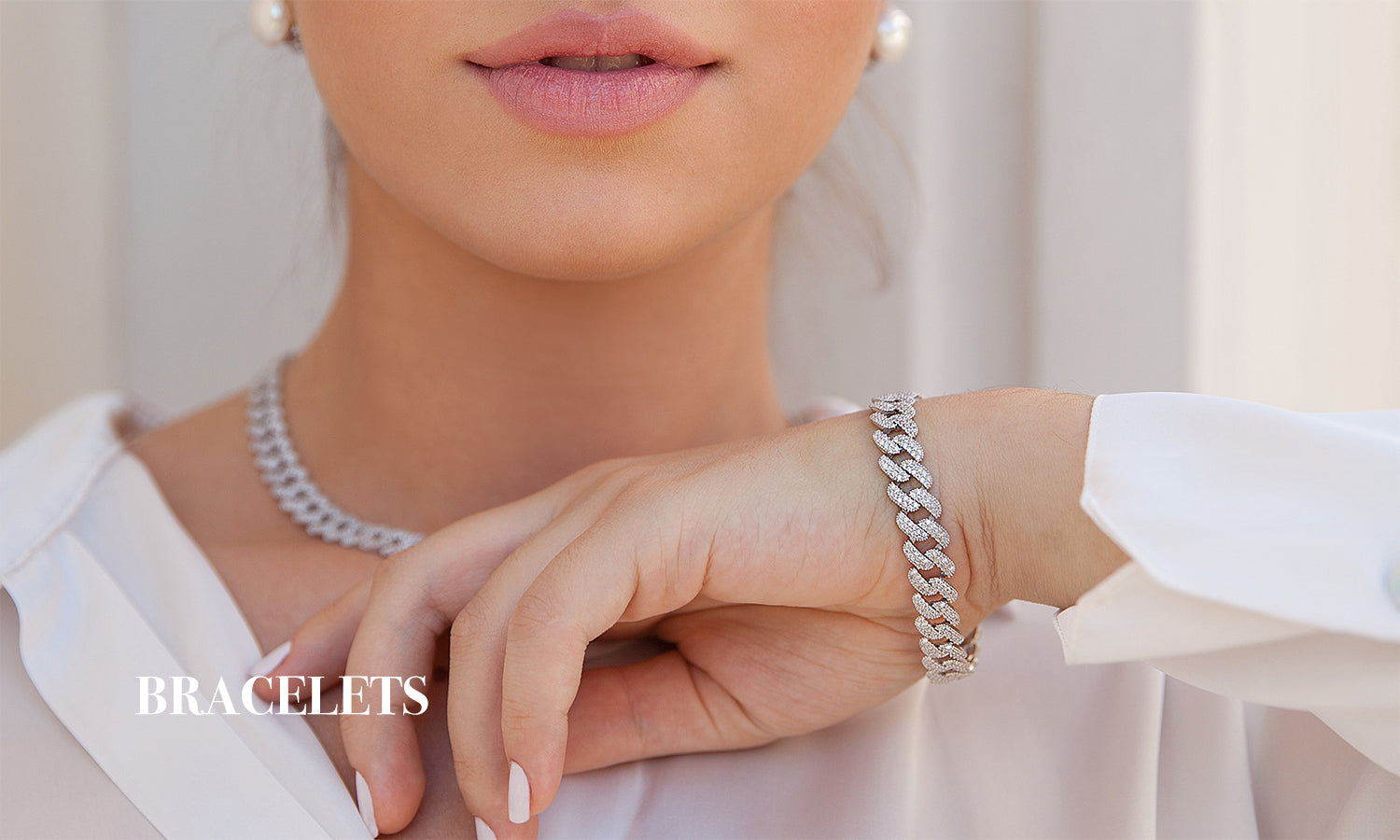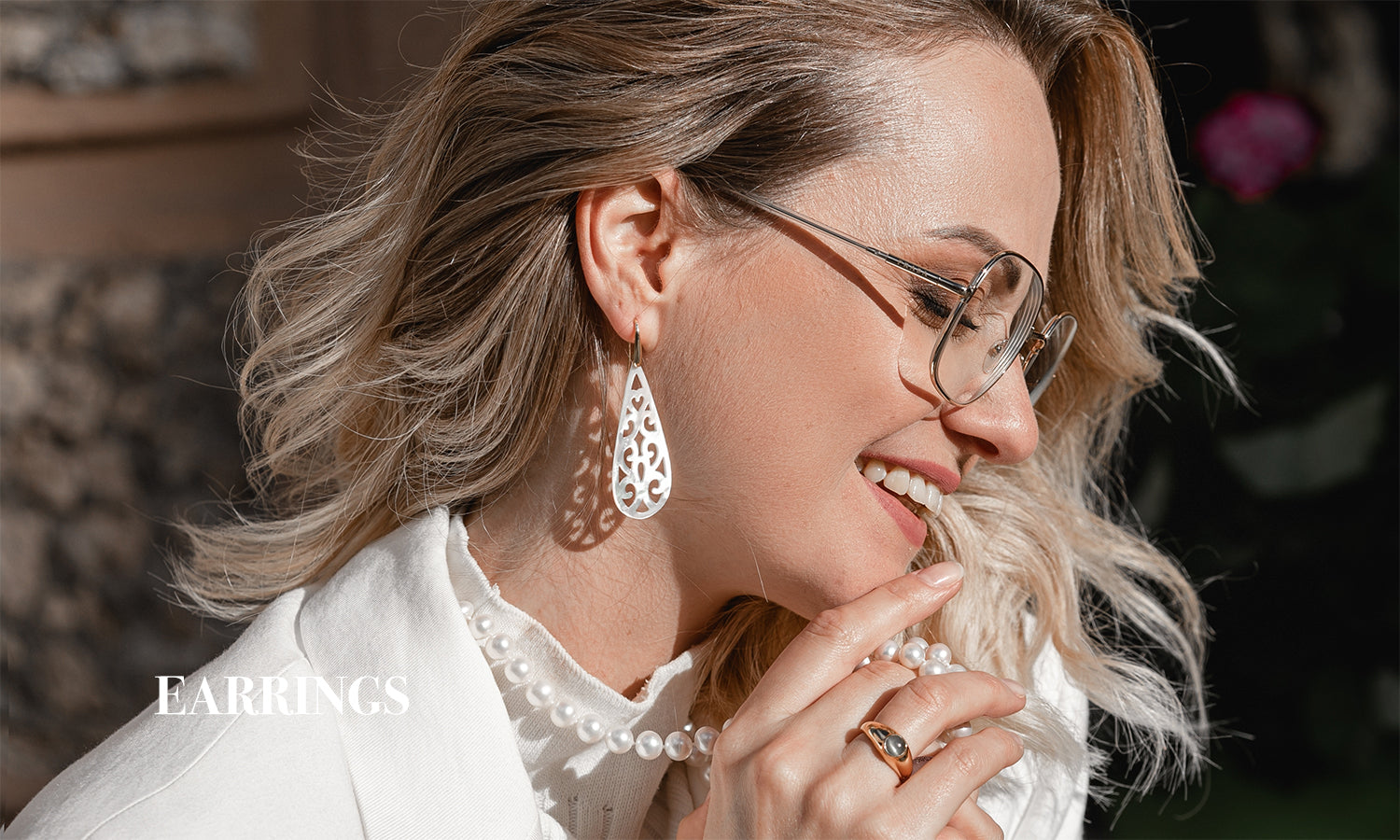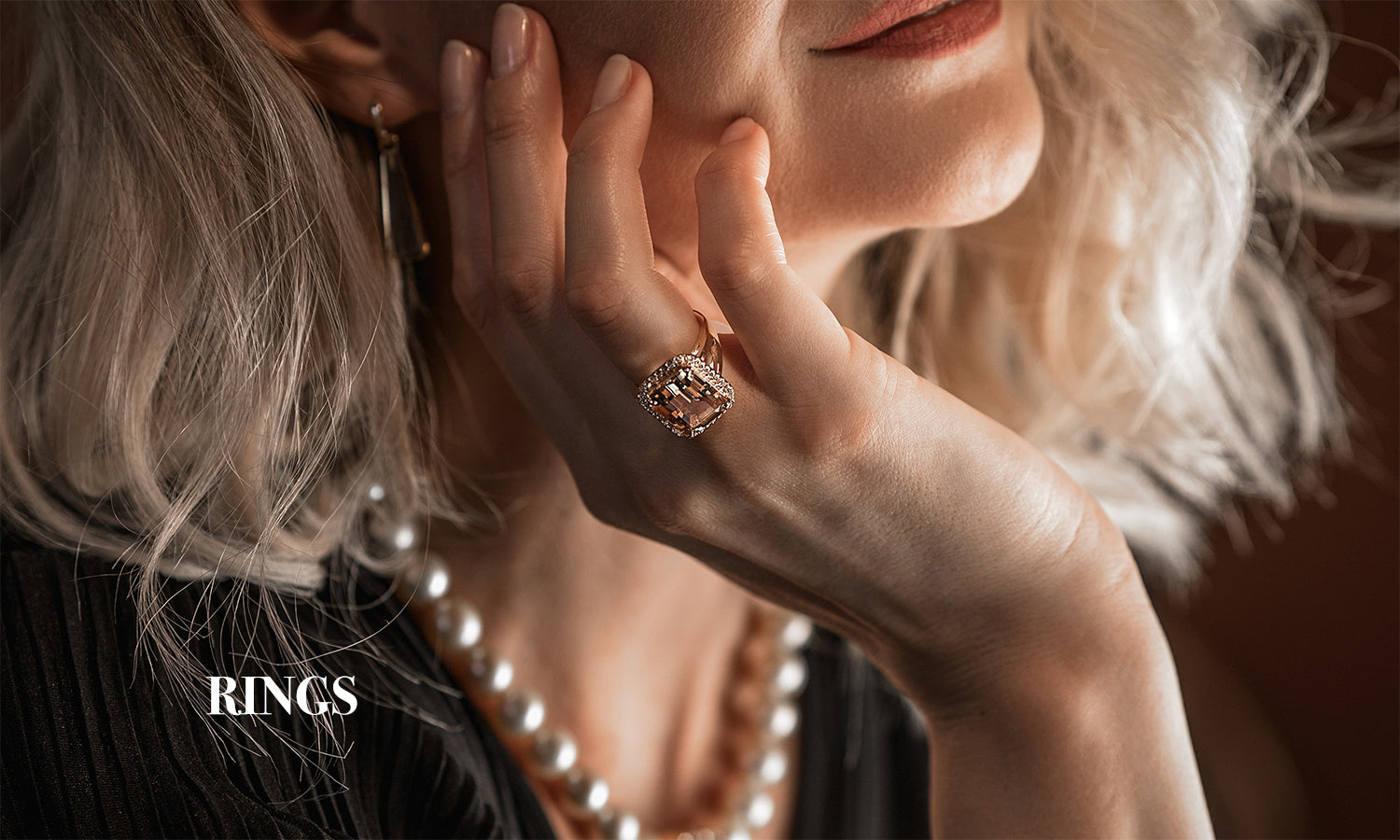Lab-grown diamonds have revolutionized the jewelry industry, offering an ethical and cost-effective alternative to mined diamonds. As the popularity of these diamonds continues to soar, understanding the price dynamics becomes crucial for potential buyers. This guide provides a comprehensive comparison of lab-grown diamond prices, factors influencing these prices, and tips for making an informed purchase.
|
Factor |
Details |
|
Key Price Influencing Factors |
Size (Carat Weight), Color, Clarity, Cut, Certification, Market Demand |
|
Advantages Over Natural Diamonds |
Lower cost (up to 50% less), ethical sourcing, environmentally friendly |
|
Tips for Buyers |
- Do thorough research and compare prices across retailers - Check for certifications from reputable organizations - Balance the Four Cs according to budget and preference - Read customer reviews and retailer ratings - Ensure flexible return policies |
|
Overall Conclusion |
Lab-grown diamonds offer significant cost savings, ethical benefits, and quality comparable to natural diamonds. Making informed comparisons and understanding price factors is essential for a satisfactory purchase. |
What are Lab-Grown Diamonds?

Lab-grown diamonds, also known as synthetic or cultured diamonds, are created in a laboratory setting using advanced technological processes. They possess the same physical, chemical, and optical properties as natural diamonds, making them virtually indistinguishable to the naked eye. The primary methods for growing these diamonds are High Pressure High Temperature (HPHT) and Chemical Vapor Deposition (CVD).
Factors Influencing Lab-Grown Diamond Prices

- Size (Carat Weight):Like natural diamonds, the price of lab-grown diamonds increases with carat weight. Larger diamonds require more time and resources to grow, contributing to their higher cost.
- Color:Lab-grown diamonds come in various colors, from colorless to shades of yellow, blue, and pink. Colorless diamonds (graded D-F) are more expensive due to their rarity.
- Clarity:Clarity refers to the presence of inclusions or blemishes. Diamonds with fewer inclusions (graded VVS1, VVS2) are more valuable.
- Cut:The cut of a diamond affects its brilliance and sparkle. Well-cut diamonds command higher prices because they maximize light reflection.
- Certification:Diamonds certified by reputable organizations like GIA or IGI often carry a premium due to the assurance of quality and authenticity.
- Market Demand:Prices can fluctuate based on market demand and advancements in diamond-growing technology.
Tips for Buying Lab-Grown Diamonds

- Do Your Research: Compare prices from multiple retailers to ensure you're getting the best deal.
- Check Certification:Always purchase diamonds that come with a certification from reputable organizations.
- Consider the Four Cs:Balance carat, color, clarity, and cut according to your budget and preference.
- Read Reviews:Look for customer reviews and ratings to gauge the reliability of the retailer.
- Understand the Return Policy:Ensure the retailer offers a flexible return policy in case the diamond doesn't meet your expectations.
Conclusion
Lab-grown diamonds offer an excellent alternative for those seeking high-quality, ethical, and affordable options. By understanding the factors that influence prices and comparing offerings from different retailers, buyers can make well-informed decisions. Whether for an engagement ring, anniversary gift, or personal treat, lab-grown diamonds are a smart choice for the modern, conscientious consumer.





